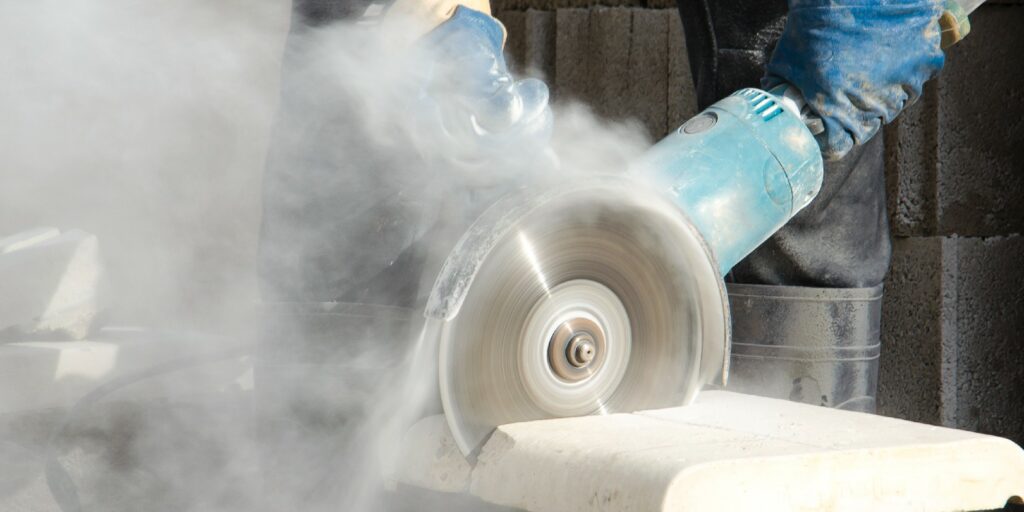A Complete Guide to Safe, Effective Concrete Cutting

If you’re looking to revamp your home or office, chances are you’re going to encounter concrete. Whether you need to create an opening for a new window, cut through old concrete for a renovation, or even upgrade your outdoor patio, knowing how to cut concrete is an important skill. Doing things the wrong way can lead to serious injuries or worse.
In this article, we’ll provide a complete guide to safe, effective concrete cutting. We’ll discuss the different types of saws available, how to cut through concrete properly, and what safety precautions you should take. When you finish reading, you’ll understand how to safely and effectively cut through concrete.
The Benefits of Professional Concrete Cutting
When it comes to cutting concrete, professional services have several advantages. Professional concrete cutters possess the specialized tools and heavy-duty equipment to effectively get the job done. A single job might require several tools, such as an electric concrete saw, diamond blades, or masonry saws. A professional has the experience and expertise to navigate tight spaces or difficult cuts with ease. Having a professional complete your concrete cutting jobs helps you save time and avoid costly mistakes.
Factors To Consider When Hiring a Concrete Cutting Professional
When hiring a professional for your concrete cutting job, you should look at several factors, including their qualifications, expertise, and safety protocols. Look for experienced contractors certified by national safety organizations such as OSHA or CPA. It is also crucial to ensure that the contractor is insured in the event of any accidents or injuries so that you are not held liable. Ask about their experience and if they’ve undertaken similar projects to understand their capabilities.
Types of Equipment Used for Concrete Cutting
The type of machinery used for concrete cutting depends on the job requirements and the preferences of the contractor. The most common tools include electric concrete saws, masonry saws, diamond blades, reciprocal saws, hammers, chisels, and manual or hydraulic splitters. Depending on the project requirements, different types of machines can be used in conjunction with one another to achieve an optimal outcome.
Proper Safety Procedures
Safety should always be a top priority when undertaking any concrete project. Ensure that all personnel on site have the appropriate protective gear, such as steel-toed shoes or gloves, when using power tools like an electric concrete saw. All necessary safety protocols should be followed, such as setting up barriers and properly maintaining all machinery after use. Ensure that personnel are well-versed in emergency procedures in case something goes wrong onsite.
Problems Commonly Encountered With Concrete Cutting
There are several problems commonly encountered with concrete cutting jobs, including dust particles that can cause breathing issues for personnel onsite. Another problem is overcutting, which can create a weakened structure or instability of the overall structure. To prevent these problems from occurring, personnel involved with the job must understand how to operate each machine correctly and follow proper safety procedures when doing so.
Best Practices for Concrete Cutting
It is critical to follow certain best practices to ensure optimal results when carrying out a concrete cutting job. You need to understand which type of machine is best suited for the task and thoroughly inspect all tools before use. Properly maintain all machinery after each use, and set up barriers around unstable materials.
By following this guide, you can safely and effectively carry out any necessary concrete-cutting jobs while avoiding potential hazards or costly mistakes along the way. By understanding the best practices outlined here and considering any other safety measures needed for your particular project, you can complete your work successfully without issue.
